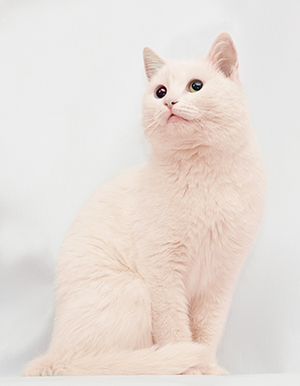BECCA’S CATS
***This cache is not at the posted coordinates! To find the cache just answer this question. ***
Mrs. Becca is our local cat expert. The Becca cat’s series was placed in honor of her. She has a unique way of loving your friends and family that be those with two legs or four. Please enjoy this series as it will grow into a geo art when it is done.
Cat Hair Dye: Is it Safe to Dye Cat Fur?

According to Jay Hathaway of gawker.com, earlier last year, Russian actress Elena Lenina brought a kitten that was dyed bright pink to a party. Unfortunately, days later, there were rumors spread that the pink kitten named Nana – made pink to match the actress’ outfit – died after licking the paint off her fur.
Over 30,000 petitioners wanted Lenina charged for animal cruelty. Thankfully, it turns out this was a hoax says Hathaway, and the kitten is still alive and doing well (and apparently in another home).
Can dye hurt your cat?
Still, as National Poison Prevention Week approaches, it’s a good time to remember that even simple products such as hair dyes and certain chemicals can potentially be dangerous to cats. That’s because cats have an altered liver metabolism and can’t breakdown certain drugs or chemicals well (which is why they are so sensitive to drugs like Tylenol). Because of cats’ unique metabolism, even common household products such as laundry detergent, liquid potpourris and other chemicals can be corrosive or poisonous!
Some people have an ethical issue with dyeing cats. Regardless of what you decide, make sure you are using a pet-safe dye. For any product you use on your cat, make sure it isn’t sugar-free and doesn’t contain xylitol. Please also know that just because it’s “natural” doesn’t mean it’s safe for cats. Take for example, certain concentrated essential oils. When used on cats, these can cause difficulty breathing, walking drunk, corrosive burns in the mouth and even liver failure.
Recently, a veterinary study found that a dog that ingested a natural hair dye – henna – had severe poisoning and developed a life-threatening anemia from it1. Again, just because it’s “natural” doesn’t necessarily mean it’s safe.

If you do dye your cat, please first speak with your veterinarian, then monitor for clinical signs of a reaction or problem such as:
- Foaming at the mouth
- Drooling excessively
- Not eating
- Lethargy
- Hiding
- Redness of the skin
- Itching or excessive grooming
- Vomiting
- Diarrhea
- Hives (rare in cats)
- Difficulty breathing
If you notice any of these signs, gently bathe the dye off if possible with a liquid dish soap. If signs worsen, get to a veterinarian or emergency clinic as soon as possible.
When in doubt, check with your veterinarian or ASPCA Animal Poison Control Center to confirm whether or not the product you’re using is safe. And try not to match your pets to your outfits in bright pink – because they are naturally beautiful!
What is the name of the cat with the longest fur?
Colonel Meow N 30° 36.584' W 85° 26.615'
Sophie N 30° 36.517' W 85° 26.610'
Maru N 30° 36.536' W 85° 26.612'